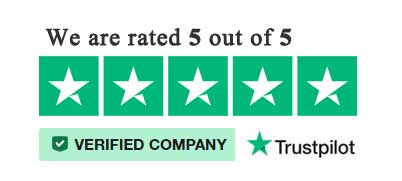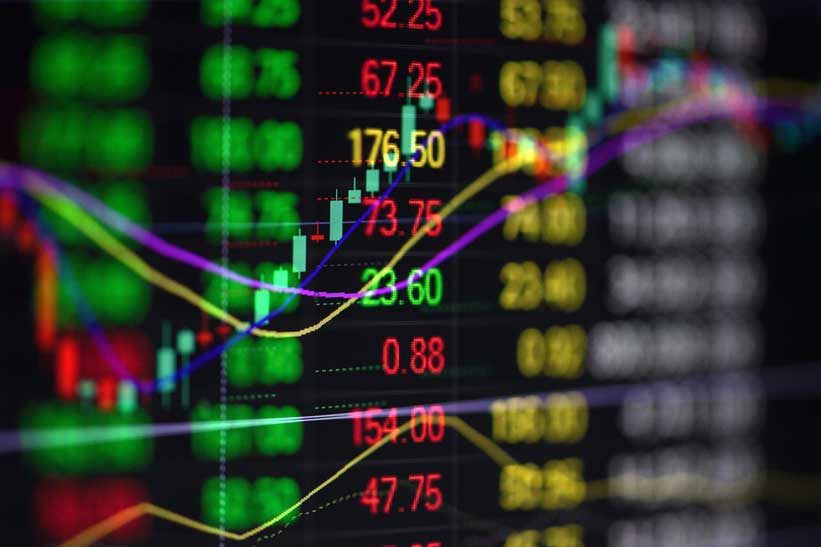Trading treasury futures is a sophisticated strategy employed by investors to hedge against interest rate fluctuations, speculate on future economic conditions, or gain exposure to U.S. government debt without having to hold the physical bonds. Treasury futures are financial contracts that obligate the buyer to purchase and the seller to sell a specified amount of U.S. Treasury bonds, notes, or bills (T bills) at a predetermined price on a specified date in the future. These financial instruments are traded on regulated exchanges and are used by a variety of market participants, including institutional investors, hedge funds, and individual traders. Understanding the nuances of trading treasury futures, including the characteristics of treasury bonds, notes, and T bills, can be crucial for anyone looking to navigate this market effectively.

Treasury Bonds, Notes, and T Bills: The Basics
Before delving into the specifics of trading treasury futures, it’s important to understand the underlying assets:
- Treasury Bonds (T-Bonds): These are long-term securities with maturities greater than ten years, up to 30 years. They pay interest semi-annually and their long maturity period makes them sensitive to interest rate changes.
- Treasury Notes (T-Notes): These are medium-term securities with maturities ranging from 2 to 10 years. They also pay interest semi-annually and are less sensitive to interest rate changes compared to T-Bonds due to their shorter maturities.
- Treasury Bills (T-Bills): These are short-term securities with maturities ranging from a few days to 52 weeks. T-Bills do not pay interest in the traditional sense; instead, they are sold at a discount to their face value, and the difference between the purchase price and the face value is the investor’s return.
The Role of 10 Year Treasury Note Futures
Among the various treasury futures, the 10-year Treasury note futures are one of the most actively traded. This is because the 10-year note serves as a benchmark that influences mortgage rates and other important financial rates across the United States. Trading 10-year Treasury note futures allows investors to speculate on or hedge against the movements in long-term interest rates.
How Treasury Futures Work
Futures contracts, including treasury futures, are standardized agreements traded on futures exchanges. These contracts specify the quantity of the asset (e.g., $100,000 or $1 million face value of T-Notes or T-Bonds) and the settlement date. Prices fluctuate based on market conditions, including changes in interest rates, economic data, and geopolitical events. When interest rates rise, the value of existing bonds (and hence futures) tends to decrease, and vice versa.
Trading Strategies
Investors use various strategies when trading treasury futures, including hedging, speculation, and arbitrage.
- Hedging: Investors holding or planning to hold a portfolio of bonds might use treasury futures to protect against the risk of rising interest rates, which would decrease the value of their bond holdings.
- Speculation: Traders might buy or sell treasury futures based on their expectations of future interest rate movements. For example, if a trader anticipates that interest rates will fall, they might buy futures contracts expecting their value to increase.
- Arbitrage: Some traders exploit price discrepancies between the futures market and the cash market for Treasuries (the market for buying and selling the actual Treasury securities) to make risk-free profits.
Risks and Considerations
Trading treasury futures involves significant risks, including leverage risk, market risk, and liquidity risk. Futures are leveraged instruments, meaning that traders can control large positions with a relatively small amount of capital. While this can magnify profits, it can also magnify losses. Market risk relates to the volatility in the market, which can lead to substantial price movements. Lastly, liquidity risk pertains to the possibility of not being able to quickly enter or exit positions without significantly affecting the market price.
 Get An Edge With the Trading Psychology Course
Get An Edge With the Trading Psychology Course
Access the Course Now and start your journey to becoming a more confident, disciplined, and successful trader. Don't let your mindset hold you back—take control and start winning.
Learn more by clicking here
Getting Started with Trading Treasury Futures
For those interested in trading treasury futures, it’s essential to:
- Educate Yourself: Understanding the intricacies of the futures market and the specific dynamics of treasury futures is paramount.
- Choose a Broker: Select a reputable broker that offers access to futures markets and provides the necessary tools and resources for trading.
- Develop a Strategy: Based on your risk tolerance and investment objectives, develop a trading strategy. Consider whether you are more interested in hedging, speculation, or another approach.
- Practice: Many brokers offer demo accounts where you can practice trading futures without risking real money. This is a valuable way to gain experience.
- Stay Informed: Keep abreast of economic indicators, interest rate decisions, and other news that can impact Treasury prices.
Trading treasury futures is a complex but potentially rewarding endeavor that requires a solid understanding of financial markets, a well-thought-out strategy, and the ability to manage risk. Whether you’re looking to hedge against interest rate risk, speculate on future economic conditions, or diversify your investment portfolio, treasury futures offer a versatile and powerful tool for achieving your financial objectives. Remember, while the potential rewards can be significant, so too can the risks, making education, careful planning, and risk management essential components of successful trading in the treasury futures market.
Ready to start trading futures? Call US 1(800)454-9572 – Int’l (310)859-9572 email info@cannontrading.com and speak to one of our experienced, Series-3 licensed futures brokers and start your futures trading journey with E-Futures.com today.
Disclaimer – Trading Futures, Options on Futures, and retail off-exchange foreign currency transactions involves substantial risk of loss and is not suitable for all investors. Past performance is not indicative of future results. You should carefully consider whether trading is suitable for you in light of your circumstances, knowledge, and financial resources. You may lose all or more of your initial investment. Opinions, market data, and recommendations are subject to change at any time.
**This article has been generated with the help of AI Technology. It has been modified from the original draft for accuracy and compliance reasons.
***@cannontrading on all socials.








